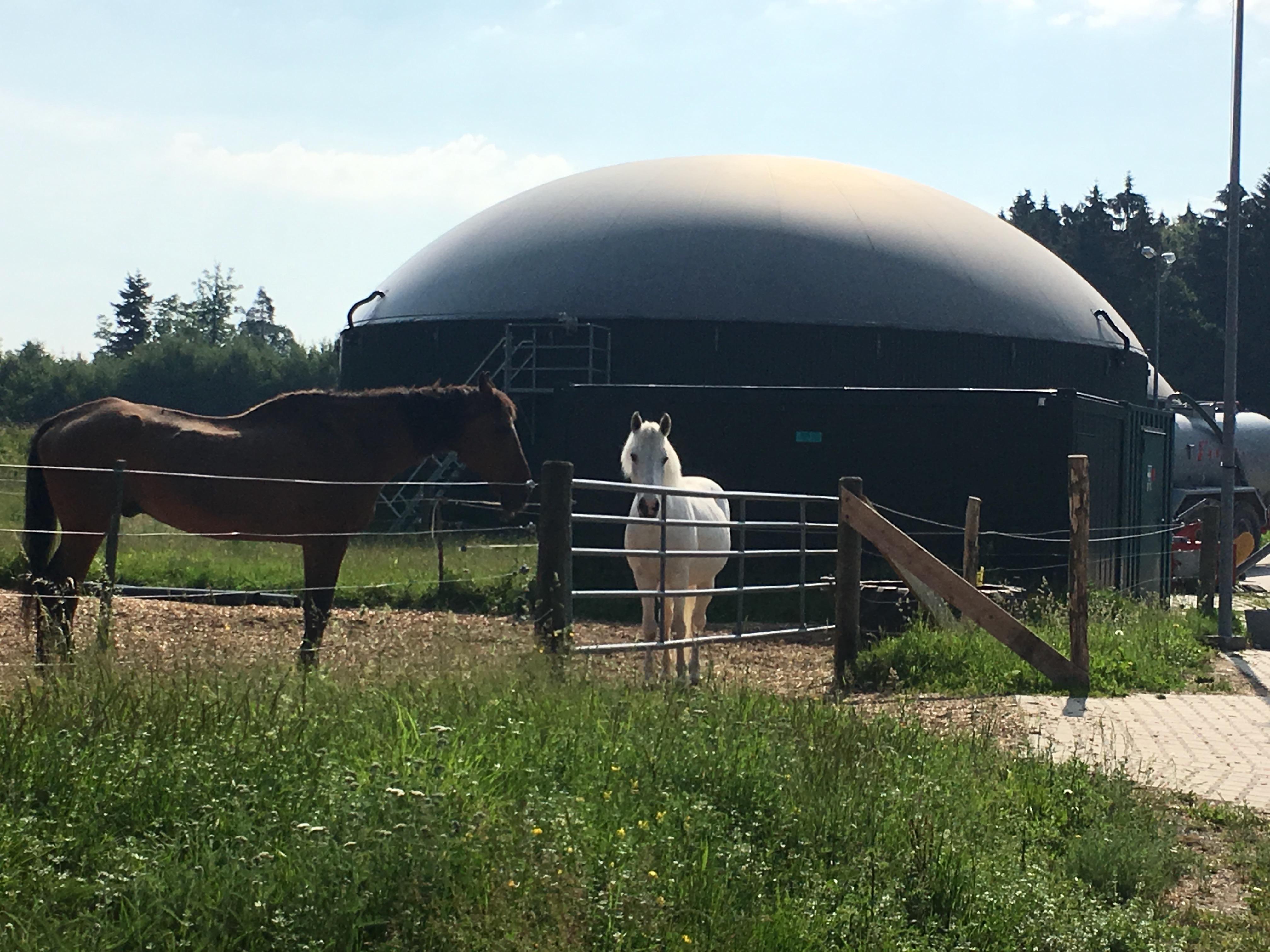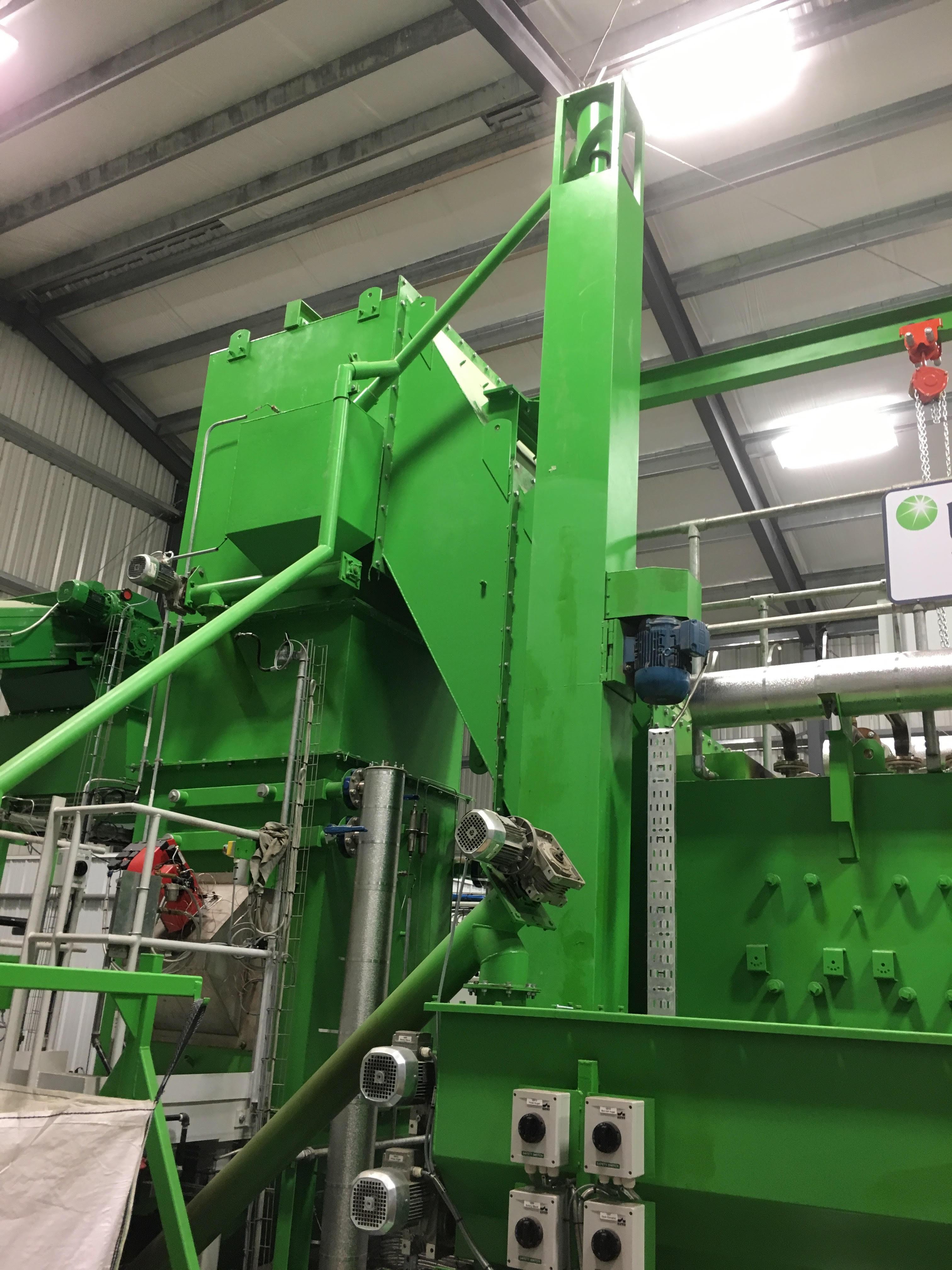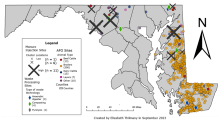Animal waste includes dairy and swine livestock manure and poultry litter. This waste is normally applied directly on agricultural fields as an important fertilizer source. Animal waste technologies can be used to process this waste and provide added value.
Information on animal waste technologies is conveyed via FactSheets and within the Animal Waste Technology Assessment Report prepared for the Maryland Department of Agriculture. Additionally, environmental justice considerations when employing animal waste technologies are detailed.
- Anaerobic digestion transforms solid or liquid waste into renewable energy and a fertilizer, while reducing greenhouse gas emissions, odors, and pathogens. Biogas is produced from naturally occurring microbes that break down waste inside a sealed reactor called a digester. The biogas can be used directly for heating, within a generator to create non-intermittent renewable electricity, or upgraded to renewable natural gas.
- Composting transforms solid waste into a soil conditioner through aerobic decomposition. The composting process produces heat, which decreases pathogens and waste volume through water evaporation.
- Thermochemical processing transforms solid, low-moisture waste, such as poultry litter, into value-added products, including renewable electricity, heat, biochar, and/or bio-oil. Thermochemical processing includes gasification, pyrolysis, combustion, and incineration, with each process having different temperature and oxygen content, which affects the product outcomes and efficiency.
- Environmental justice considerations with animal waste technology siting include how to effectively engage communities throughout the process and mitigate any environmental burdens on vulnerabilities communities that technology siting could incur.






